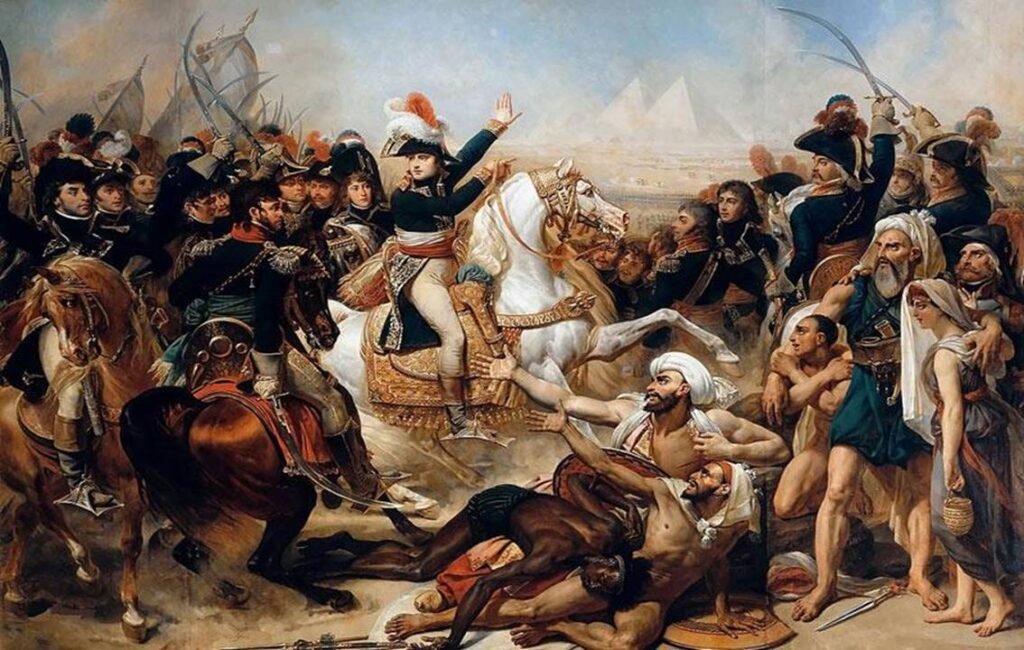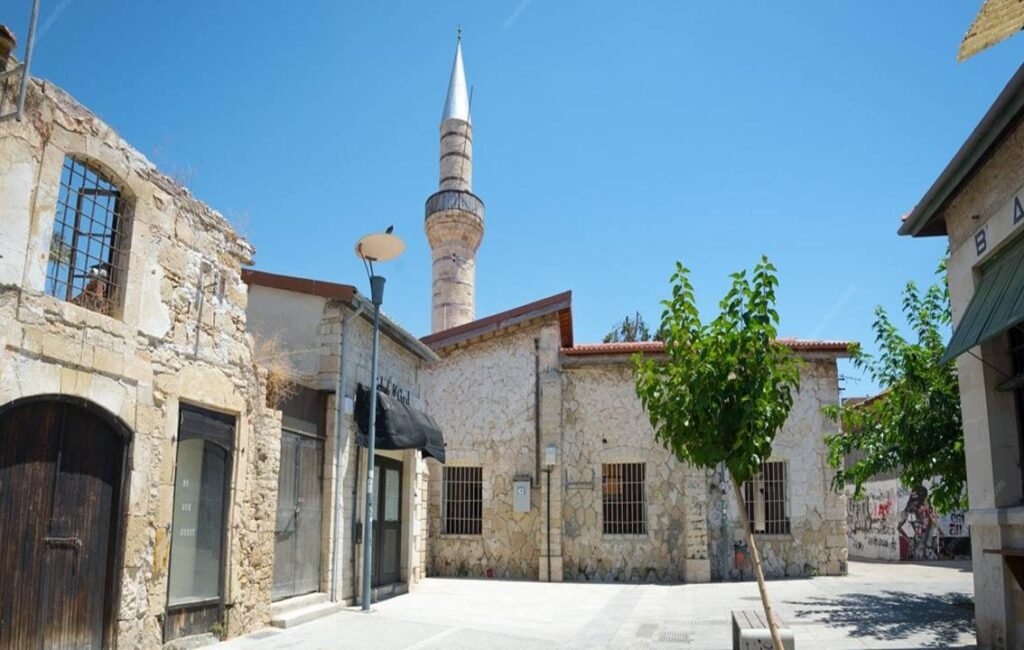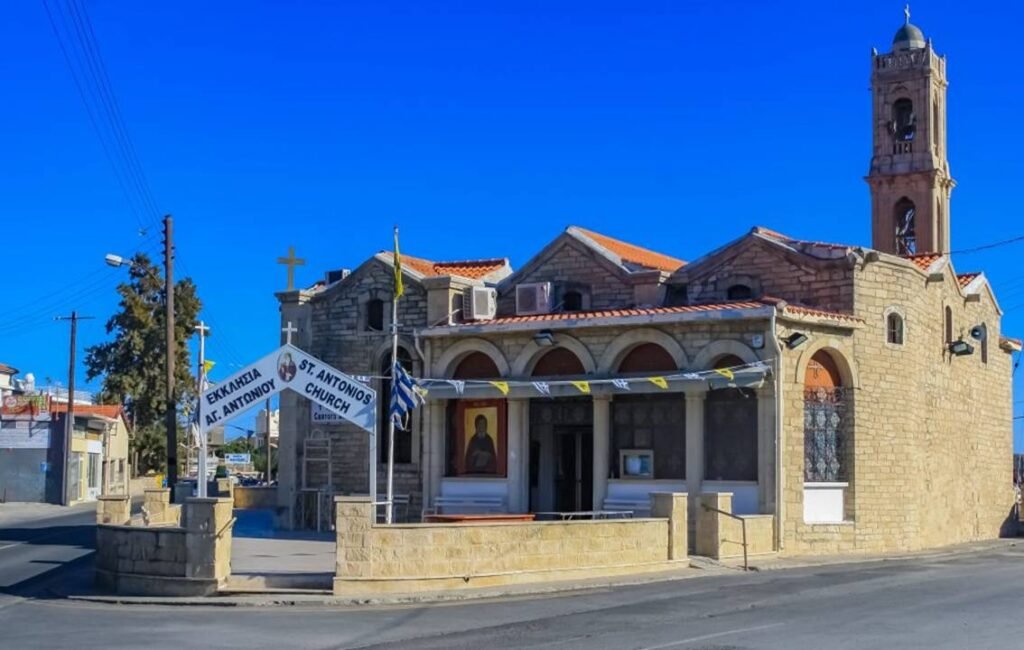BUILT TO COMMEMORATE VICTORY OVER NAPOLEON BONAPERTE

A HISTORICAL CO-EXISTANCE
Built by a veteran of the Napoleonic Wars, the Turkish Mosque, known as ‘Jami Jedid’, remains a symbol of the Cypriot fighting spirit. It also acts as a little-known but valuable monument to the contribution of Cypriots who took part in a great historical event. Regarded as a holy area, the Greek Orthodox Church of Saint Anthony lies just metres away from the mosque. This also remains an important legacy to the historical co-existence of the two main Cypriot communities on the island that once lived side by side.


A MONUMENT TO VICTORY
There are several monuments around the world commemorating victories against the once mighty armies of French usurper Napoleon Bonaparte. Few people acknowledge, however, that one was built in Limassol in 1825 by a Turkish Cypriot veteran of war. The Jami Jedid Mosque, situated in the heart of Limassol, commemorates one such victory. Acting as a tribute, the landmark represents a collaboration of Ottoman, Egyptian, and Cypriot forces that stood firm against the might of the French Emperor’s armies at the siege of Acre.
THE SEIGE OF ACRE
In March 1799, after taking Jaffa, Napoleon’s armies approached the walls of Acre. Supplied by British reinforcements from the sea, the fortified defences of the city proved impregnable, and Acre’s defences held firm. Amongst the ranks of the defenders was an infantryman known as Haji Ibrahim Agha Koprulu. The young Cypriot made a promise that if he returned from the war unharmed, he would build a new mosque in his home city of Limassol. After helping to defeat the French, he returned to Cyprus safely and immediately set about fulfilling his vow.
THE NEW MOSQUE
Haji Ibrahim chose to build his new mosque near his home in Limassol. At the time, this was one of the most vibrant, cosmopolitan Turkish-Cypriot areas on the island. The bustling neighbourhood was well-populated, and it had several apartment blocks, warehouses, and shops. These included several restaurants and cafes. The Jami Jedid, or ‘the new mosque’, as it came to be known, was completed in 1825.
AN IMPORTANT LANDMARK
The mosque, built along the eastern side of the Garallis River, soon became an important religious and cultural centre. Regarded as a holy area, Greek Cypriots constructed the Greek Orthodox Church of Saint Anthony on the opposite side of the river just five years later. A wooden bridge, connecting the two, was also later erected over the river.
THE GREAT FLOOD OF 1894
The great flood of 1894 saw the Garallis River burst its banks. The impending flood caused severely damage to the mosque and the wooden bridge was also swept away by the rushing water. The mosque then lay in ruins for the next fifteen years. In 1909, the mosque was restored to its former glory. As a tribute, the grounds of the mosque were also used as a fitting burial ground for its founder, Haji Ibrahim Agha Koprulu.


